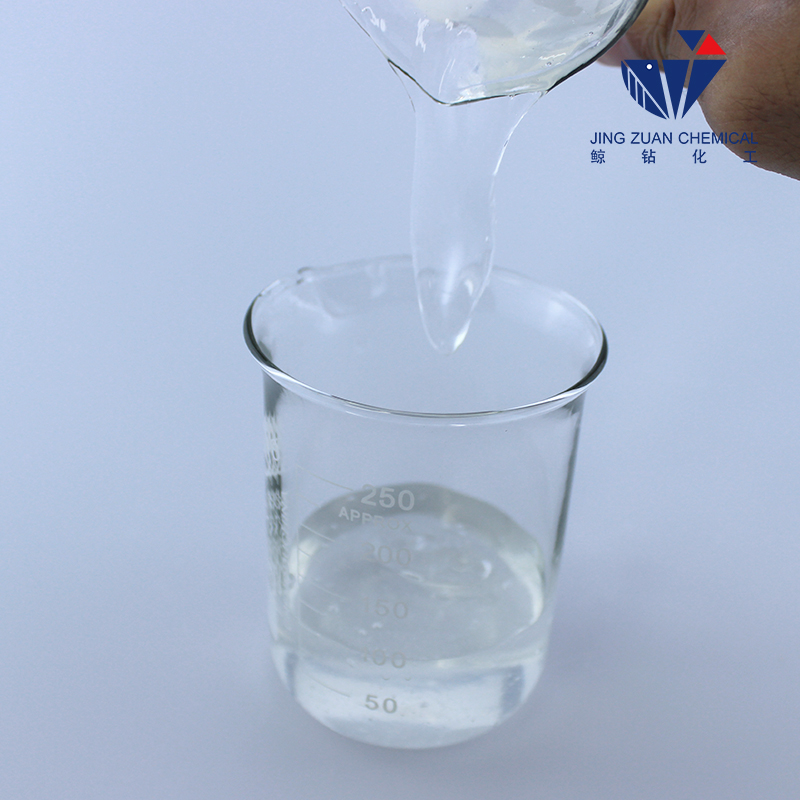
Oct . 18, 2024 09:33 Back to list
Exploring HPMC Density Insights and Applications in Pharmaceutical Formulations
Understanding HPMC Density Its Significance and Applications
Hydroxypropyl methylcellulose (HPMC) is a versatile and widely used cellulose ether in various industries, including pharmaceuticals, food, and construction. One of the critical properties of HPMC that significantly influences its performance in these applications is its density. Understanding HPMC density is fundamental for formulators and engineers alike, as it directly impacts the stability, efficacy, and physical characteristics of the final products.
What is HPMC Density?
HPMC density refers to the mass per unit volume of HPMC, typically expressed in grams per cubic centimeter (g/cm³). The density of HPMC can vary based on multiple factors, including the degree of substitution (the number of hydroxyl and methoxy groups substituted on the cellulose backbone), the molecular weight of the polymer, and the method of processing. Generally, HPMC is available in various grades, each with specific density ranges.
Importance of Density in Applications
1. Pharmaceutical Formulations In the pharmaceutical industry, HPMC serves as a binder, thickening agent, and film-forming agent. The density of HPMC influences its flow properties and, consequently, the uniformity of the tablet or capsule. A higher density may lead to a more compact formulation, which can enhance the stability of active pharmaceutical ingredients (APIs). Conversely, lower density HPMC grades might be preferred for applications requiring higher porosity and improved release profiles. Understanding and controlling HPMC density is crucial for achieving desired drug release kinetics.
2. Food Industry HPMC is frequently used in food products as a thickener, emulsifier, and stabilizer. In this context, the density of HPMC can affect the texture and mouthfeel of food products. For instance, a lower density HPMC might yield a creamier texture in ice creams and sauces, while a higher density formulation can provide a thicker consistency. The density of HPMC also plays a role in its solubility and hydration properties, which are critical for ensuring that food products maintain their desired consistency and shelf-life.
hpmc density

3. Construction and Building Materials In the construction industry, HPMC is utilized in mortars, plasters, and tile adhesives. The density of HPMC influences the workability and adhesion properties of these materials. Higher density HPMC can enhance the mechanical properties and bonding strength of construction materials, whereas lower density options may improve the fluidity and ease of application. Formulators must select the appropriate HPMC density to match the specific requirements of the building material being developed.
Factors Influencing HPMC Density
Several factors can influence the density of HPMC, including
- Moisture Content HPMC is hygroscopic, meaning it can absorb moisture from the environment. An increase in moisture content leads to a decrease in density due to the added weight of water. - Texture and Processing Method The method used to process HPMC, such as spray drying, can create variations in particle size and porosity, which directly affect density.
- Temperature and Storage Conditions The density of HPMC can also change with variations in temperature and storage conditions, which can lead to potential changes in physical properties over time.
Conclusion
In summary, HPMC density is a critical parameter that impacts its functionality and performance in various applications. Understanding the factors that influence density and its implications in different industries can help formulators and engineers optimize their products for better performance and customer satisfaction. Whether in pharmaceuticals, food, or construction, HPMC continues to be a valuable ingredient, with its density playing a key role in ensuring that it meets the desired specifications. As research and technology advance, it is likely that new insights into HPMC density will continue to inform its applications, driving innovation across multiple sectors.
-
Versatile Hpmc Uses in Different Industries
NewsJun.19,2025
-
Redispersible Powder's Role in Enhancing Durability of Construction Products
NewsJun.19,2025
-
Hydroxyethyl Cellulose Applications Driving Green Industrial Processes
NewsJun.19,2025
-
Exploring Different Redispersible Polymer Powder
NewsJun.19,2025
-
Choosing the Right Mortar Bonding Agent
NewsJun.19,2025
-
Applications and Significance of China Hpmc in Modern Industries
NewsJun.19,2025







